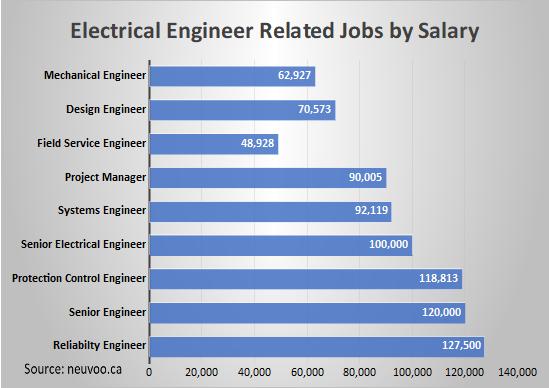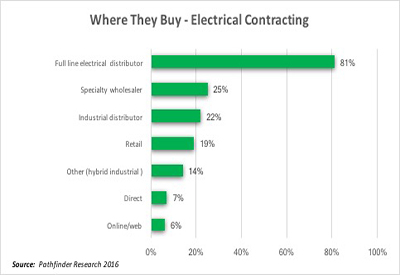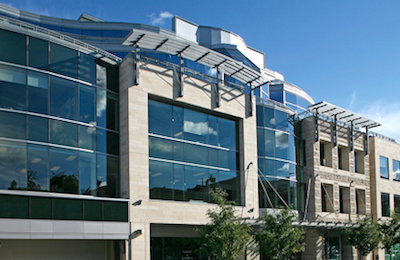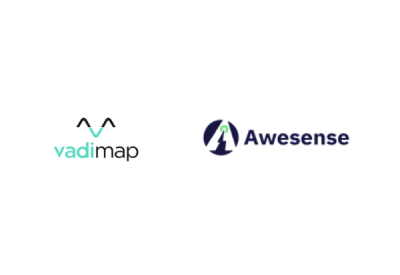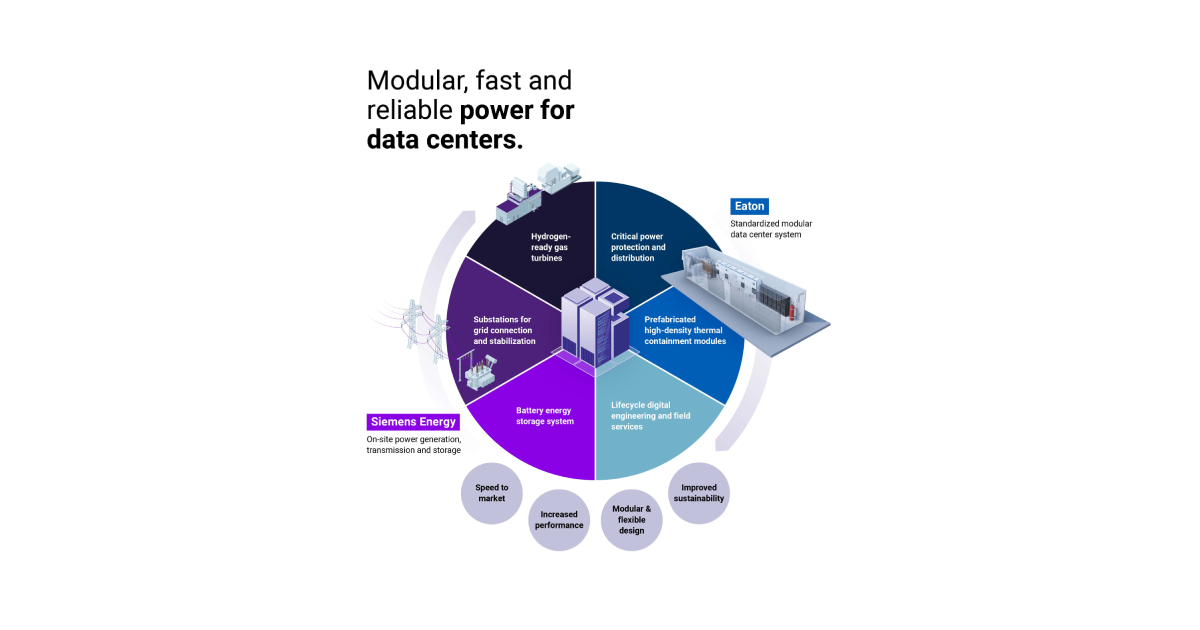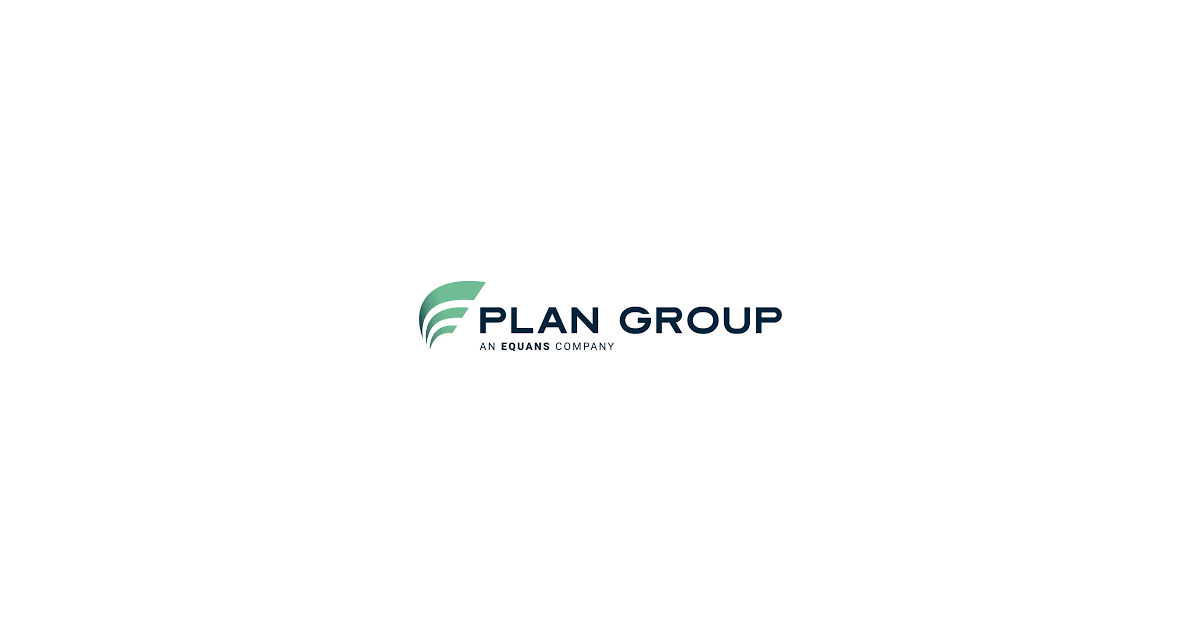12 Myths Surrounding Industrial LED Lighting, Part 2
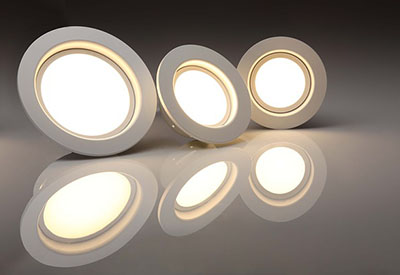
October 4, 2016
The fundamental difference between LEDs and traditional industrial lighting sources is the cause of many misconceptions surrounding LEDs. Unlike high-intensity fluorescents (HIF), high-intensity discharge (HID), high-pressure sodium (HPS) and metal halides, LEDs are semiconductors, not light bulbs.
The challenge now is that the outdated evaluation criteria, which were applicable to legacy lighting, are still in use. In this second of two articles, let’s continue delving into those myths and look at the underlying facts.
7. LEDs don’t work well in high temperature environments
During temperature tests conducted by independent labs, LEDs performed at least equally as well as fluorescents and HID (see note below on testing parameters). Quality matters and a well-designed lighting system that carefully manages heat dissipation is a prerequisite for lighting operating at any temperature — hot, cold or anywhere in-between.
At the same time, it is important to note that LEDs do perform extraordinarily well in cold environments, an area that has been particularly challenging for other types of lighting, such as fluorescent and HID.
Note: an important indicator of the quality of an LED solution’s heat/thermal management is junction temperature, which measures the internal temperature of the LED chip within the lighting fixture. For specified operating intervals — usually 6,000- and 10,000-hours — these values are commonly available as are part of industry standard tests performed by independent testing labs. Be sure to request all testing data documents from your LED supplier, including LM-80 and TM-21.
8. LED light is too blue
FACT: LED lighting is ‘cooler’ than many of the traditionally yellowish colours of high-pressure sodium and HID lights.
LED lighting is available in a variety of colours, most of which are in the 5000K temperature range, making them ‘cooler’ than the extra-yellow high-pressure sodium fixtures they frequently replace. Customer experience suggests that this is an advantage for LEDs, as they are quick to cite improvements in light quality and effectiveness as key attributes of their LED lighting installations.
9. LEDs are not bright enough for industrial applications
FACT: Increases in LED efficacy have made LEDs ideal for industrial applications.
When LEDs were first introduced, a limited range of output was available, some of which were not bright enough for high-intensity applications. This is no longer the case. Today, a complete range of fixtures — from relatively low- to extremely high-lumen outputs —are available to industrial customers, allowing facilities to select the intensity that is appropriate for its specific needs. Light levels can be further enhanced through proper optics that ensure that light placement is aligned with the application, e.g., narrow racked aisles have different requirements than open spaces. Further, with efficacy ratios approaching 100 lumens per watt, there is no more energy-efficient illumination source available.
10. LEDs are too bright for high-intensity applications
FACT: High-output lights are bright by design, but well-designed LEDs manage glare and light placement with optics.
All high-output lights are bright if you look directly at them and LEDs are no exception. As is typical with any new lighting installation, people check LEDs out by looking directly at them. Once the newness wears off, this typically passes quickly and is not a commonly heard complaint. Well-designed optics on LED fixtures also minimize direct brightness and glare perceived when looking at an LED fixture. And, LEDs now have excellent colour temperature for industrial environments.
11. Unlike traditional light sources, LEDs contain rare earth elements
FACT: All contemporary light sources (e.g., fluorescents, LEDs) use rare earth elements, but they’re not rare.
“Rare earth elements” is the label given to 17 chemical elements that, contrary to their name, really aren’t that rare. Specifically, rare earth phosphors (e.g. europium, terbium and yttrium) are used alone, or mixed together, to produce different colour-qualities or intensities of light. Unlike mercury, which is highly toxic, no special requirements exist for the disposal of products that use rare earth elements.
12. LEDs don’t dim smoothly
FACT: Well-designed LEDs offer smooth, gradual dimming to manage light levels and energy.
Once again, quality matters. Well-designed LEDs offer gradual dimming across millions of increments, enabling facilities to smoothly vary the amount of lighting reaching a particular surface.
Further, when it comes to dimming, one of the most important variables is control. Can each individual fixture, or group of fixtures, be dimmed to target settings? Can these settings be easily modified through centralized controls that support rules-based logic (e.g., if a space is unoccupied for more than a user-defined number of seconds, say 60 seconds, then dim the lights by a user-defined percentage, say 90%)? That granularity of control maximizes lighting functionality and energy savings.
Conclusion
Interest in LED lighting is at an all-time high as industrial facilities increasingly zero in on energy efficiency, sustainability and cost containment as key metrics for capital investment decisions. Given the importance of these metrics to a facility’s bottom line and long-term competitiveness, few question that LEDs will soon become the lighting technology of choice in the industrial sector. The key is for customers to become knowledgeable about LEDs — with accurate information, independent test data, and feedback from the growing base of real-world installations willing to talk about their successes. Be sure to ask any industrial LED lighting company you speak with for full test results (LM-79, LM-80 and TM-21), and relevant listings (UL, cUL, NOM, or CE, for example).
This article was first published online by Digital Lumens. Read the first 6 myths here: https://electricalindustry.ca/latest-news/2495-12-myths-surrounding-industrial-led-lighting



